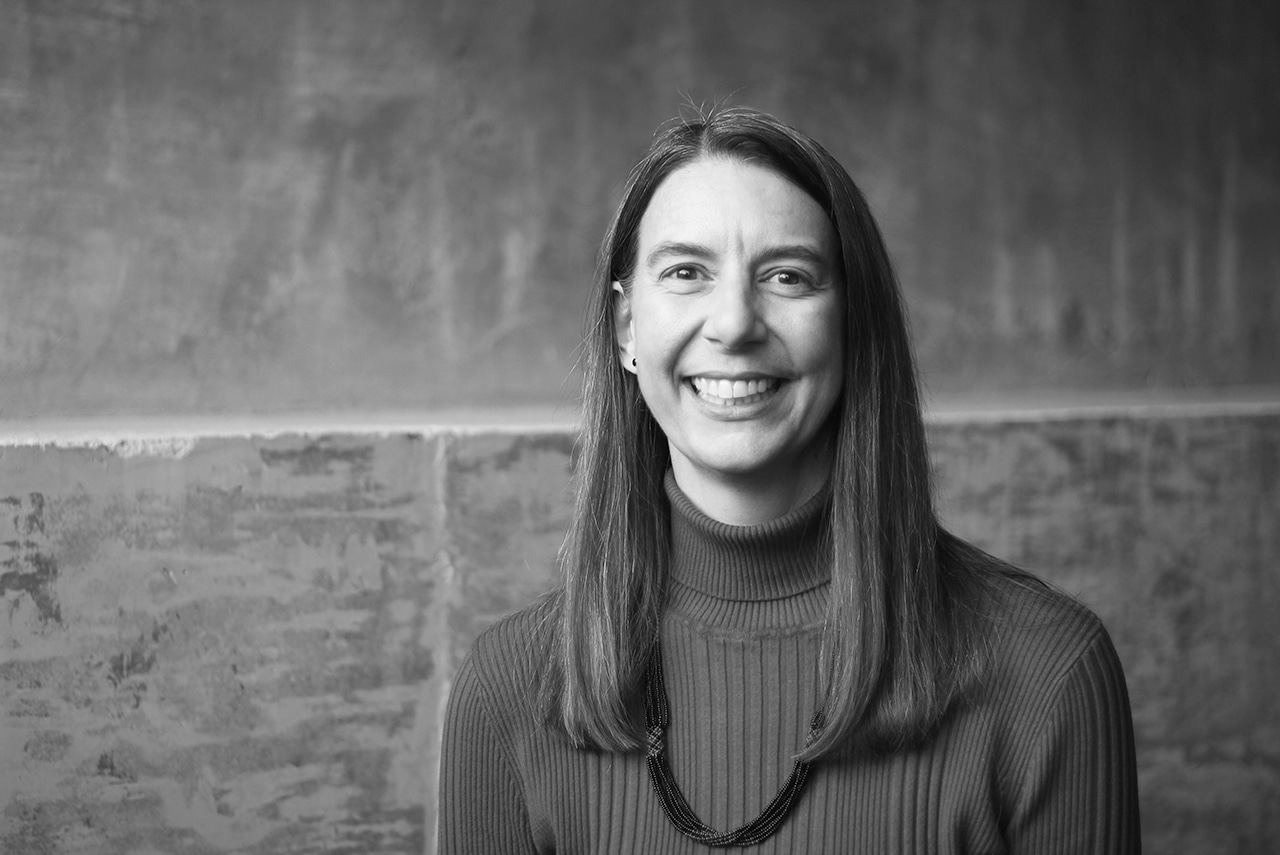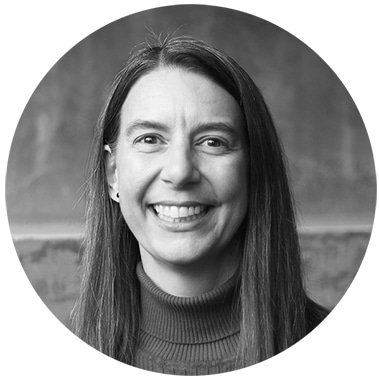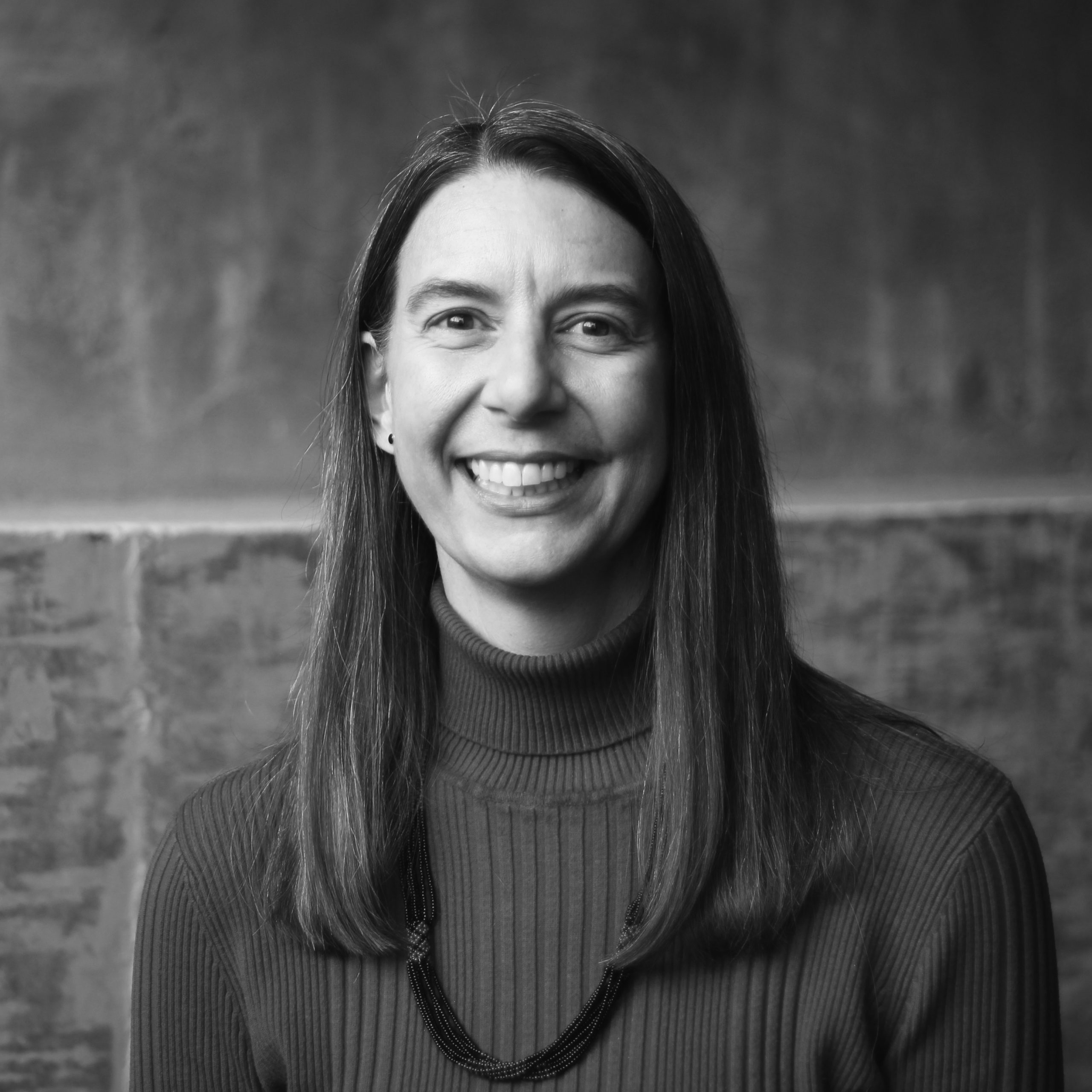
The importance of communities at the forefront of unprecedented action.
Now more than ever, the built environment community has a renewed sense of urgency to affect change and reconcile our relationship with nature. Last month, the international body for the assessment of climate change issued a clear call to action:
“Limiting warming to 1.5ºC is possible within the laws of chemistry and physics, but doing so would require unprecedented changes,” said Jim Skea, co-chair of the Intergovernmental Panel on Climate Change Working Group III.
Though much of today’s green building and design action is motivated by the climate crisis, communities recognize that a holistic approach is necessary and at the epicenter of the call to action. The serious problems of climate change, ecological system health, biodiversity loss, accumulated toxins in the environment, food, air, and water, as well as social inequities and depletion of cultural heritage demand bold action. As director of the Living Community Challenge, at the International Living Future Institute (ILFI), I firmly believe we can harness the strength of our communities and take unprecedented action.
But first, let me ask, what do a city and a forest have in common? At first, it may not look like much, considering the abundance of single purpose infrastructure in the status quo asphalt arteries, which are inhospitable to any form of mobility except the single occupant vehicle. However, in a regenerative and resilient future of Living Communities, a city will function as elegantly and efficiently as a forested ecosystem: a community informed by its bioregion’s characteristics, that generates all of its own energy with renewable resources, captures and treats all of its water, engages diversity as a strength, and operates efficiently and for maximum beauty.
In order to adapt to our rapidly changing climate, I am emboldened to see this elegance and efficiency grow from the communities of inspired individuals who stand at the forefront of increasing resilience and sustainability. It may be within the rural communities who look toward the Living Community Challenge for economic development; the college campus leaders who seek this work because it makes demonstrable progress toward their equity goals; or the city officials transforming parking lots, transportation hubs, and brownfields—perhaps the last piece of developable land in the city.
This program—and the other inspired programs like 100 Resilient Cities and Second Nature—catalyze community groups, campuses, and landowners around a common vision that provides a beacon of hope to stimulate momentum and partnerships in creating a truly sustainable community design. The future of our built environment, and especially our communities, must not only respond and adapt to extreme alterations from climate change (sea level rise, drought, increased heat, and rain events), but also become the just, equitable, and regenerative places where we—and all life—thrives.
ILFI believes community courage is contagious—that the possibility of changing the world relies on the transmission and proliferation of courageous action. Two-and-a half years ago I was a practicing architect, a principal, and director of sustainability at a Seattle design firm. I left traditional practice and joined this nonprofit in order to influence more change at a faster rate of pace. I urge us all to recognize the increased urgency and concentrate our efforts to work holistically, at all scales, as elegantly and as resilient as a forested ecosystem.

Alicia Daniels Uhlig (NCARB, LEED Fellow, LFA) directs the Living Community Challenge + Policy for the International Living Future Institute. She is a 2018 winner of the Women in Sustainability Leadership Award (WSLA).

